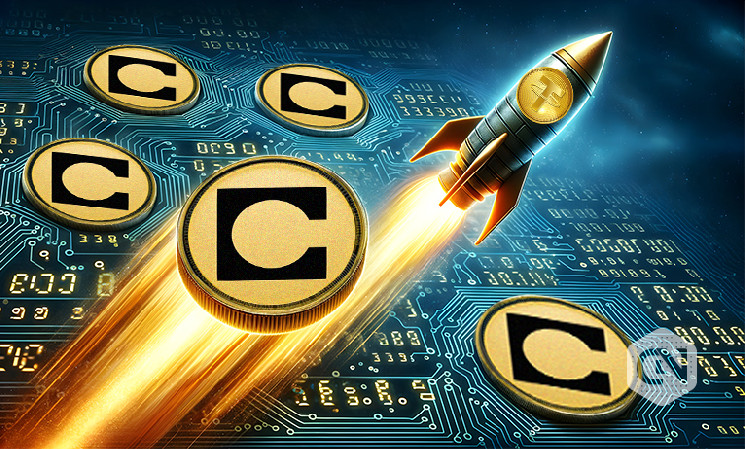Tether Operations Limited, also known as Tether, the central crypto platform, recently announced the integration of its stablecoin USDT on Celo, a unique blockchain based on a mobile approach accessible via the EVM platform. This shift will significantly impact the Tether and Celo ecosystems, providing them with a whole new experience with digital currencies. This partnership aims to increase financial inclusion and give people worldwide the resources they need to realize the shared vision of both organizations.
Celo’s unique feature that distinguishes it from Tether is its adoption of a mobile-first approach, as well as an ecosystem covering over 1,000 projects in more than 150 countries, which resonates with Tether’s similar ambitions.
The agreement delivers long-term benefits by providing an effective solution to excessive transaction costs and allowing micro-transfers to be carried out as cheaply as $0.001 across varied socioeconomic and geographical zones. Celo‘s status as an EVM-compatible blockchain with Ethereum indicates a high level of compatibility and interaction with the larger Ethereum ecosystem.
Moreover, cLabs’ Celo core contributors will suggest a new gas currency based on USDT in a community forum post. This would improve the efficiency of decentralized applications (dApps) that deal with payments, lending, and other types of transactions. Projects like Opera MiniPay, an ultralight stablecoin wallet integrated into the Mini browser in countries like Ghana and Kenya, are part of Celo’s thriving ecosystem and help provide an ideal setting for accepting and using USDT.
According to Tether CEO Paolo Ardoino, the USDT integration of the Celo blockchain is consistent with Tether’s mission of promoting global blockchain sustainability, transparency, and affordability. This stage broadens Tether’s use case and expands it into other areas by leveraging Celo’s unique traits for real-world applications.
Tether’s expansion will be widened by the addition of Celo, which will include emerging stable assets such as Mento’s eXOF and cREAL, which will be tailored to regional currencies such as the CFA Franc and the Brazilian Real. With this increased use, the spectrum of applications will expand from traditional remittances to savings, lending, and peer-to-peer or cross-border payments.
Celo’s unique features, such as SocialConnect and FiatConnect, will make USDT transactions even more convenient by streamlining the process. The option to pay for gas using ERC-20 tokens, including stablecoins, is another step towards more convenient financial activities on the platform.
Rene Reinsberg, Celo’s co-founder and president of the Celo Foundation, was thrilled to include Tether USDT in his ecosystem, citing its alignment with Celo’s aim of creating an equitable digital economy for all. This step expands the Celo ecosystem’s stablecoin and real-world asset offerings, allowing for more effective and cost-efficient payment alternatives.
The addition of Tether USDT to Celo represents a significant milestone for both companies. It emphasizes the importance of collaboration and innovation in encouraging digital currency adoption and increasing global financial inclusion. Furthermore, this expansion strengthens Tether’s dominance in 16 networks, making it the dominant stablecoin in the digital currency industry.
 cryptonewsz.com
cryptonewsz.com
